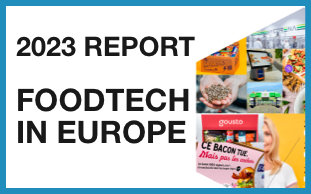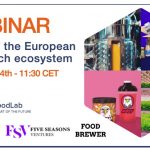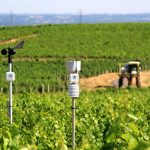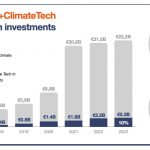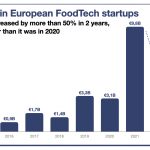In the past couple of weeks, the alternative protein ecosystem has received a lot of attention with news on two of the major technologies (see here for a recap of the ecosystem):
With this deal, Perfect Day has now raised more than $700M, a record in its ecosystem. It is expanding its commercialisation and range of products and has announced the launch of a cheese brand.
Beyond this news, the company is rumoured to be planning an IPO for 2022, which could be next year’s alternative protein moment after Beyond Meat’s IPO in 2019 and Oatly’s in 2021.

Cellular agriculture is also in the news, but with a more mixed set of announcements. As usual, startups have raised significant rounds (such as New Age’s $25M), but the focus is elsewhere:
- on the first hand, Leonardo DiCaprio invested in Aleph Farms (Israel) and Mosa Meat (The Netherlands). He will join the board of both companies. Known to be a supporter of environment-friendly products, DiCaprio is also an investor who will undoubtedly help get more public visibility and acceptance for cellular agriculture.
- on the other hand, a detailed article sums up all the doubts we can have on cellular agriculture. Supporters of the technology, such as the Good Food Institute, showcase graphs of exponential decrease in costs and boast of technology advancements that could make the production of cultivated meat achievable at a price comparable to animal meat. Taking the opposite direction, the article underlines that doing cellular agriculture in a lab bioreactors (from one to a few litres big) is a very different thing than scaling it to multiple thousand litres devices. One example is that by growing the size of the bioreactors, companies will have to manage the increased amount of waste generated by cells and find ways to separate the two. In a word, this article is right to be insistent that cellular agriculture still requires multiple technological breakthroughs and not only “mere” technical advancements.
Both supporters and sceptics have strong arguments, even if the former can be likened to “when there is a will and need, there is a way” when considering the challenges the technology faces. Again, beyond the facts themselves, no other expression than “leap of faith” sums up what it takes to create a business or invest in this space.

